SpaceX set for pre-dawn launch to ISS
Friday, 23 April 2021 07:00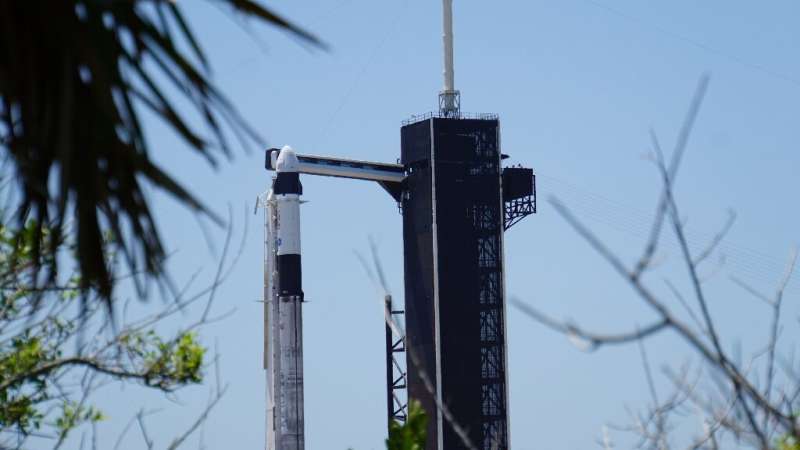
SpaceX is set to launch its third crew to the International Space Station an hour before sunrise Friday, recycling a rocket and spacecraft for the first time.
The Crew-2 mission blasts off from pad 39A at the Kennedy Space Center in Florida at 5:49 am Eastern Time (0949 GMT), after being delayed a day by adverse weather along the flight path.
Around 2:30 am (0630 GMT), Thomas Pesquet of France—the first European on a SpaceX mission—along with Americans Shane Kimbrough and Megan McArthur and Japan's Akihiko Hoshide strode out in their suits to say goodbye to their families.
Earth from Space: Laizhou Bay
Friday, 23 April 2021 07:00
The Copernicus Sentinel-2 mission takes us over the sediment-stained waters in Laizhou Bay, located on the southern shores of the Bohai Sea, on the east coast of mainland China.
Lockheed Martin wins $27 million contract modification for integration of DARPA’s Blackjack satellites
Thursday, 22 April 2021 21:37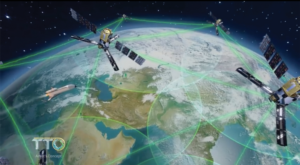
WASHINGTON — The Defense Advanced Research Projects Agency increased Lockheed Martin’s contract for satellite integration work for the Blackjack program by $27.3 million, the agency announced April 22.
DARPA a year ago selected Lockheed Martin as the satellite integrator for Blackjack, a project to demonstrate a network of small satellites in low Earth orbit for military communications, missile warning and navigation.
NASA and the new urgency of climate change
Thursday, 22 April 2021 19:14
“Climate change” is changing. There has been a growing push by scientists, environmental advocates and others to refer to the Earth’s changing climate as a “climate crisis” or even “climate emergency” to better reflect the severity of the problem and the urgency to take action to mitigate the worst of its effects.
Space Force selects Boeing, Northrop Grumman to develop jam-resistant communications satellites
Thursday, 22 April 2021 19:09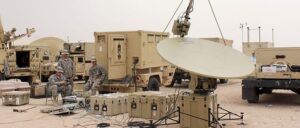
WASHINGTON — Boeing and Northrop Grumman have been selected to develop jam-resistant communications payloads for the U.S. Space Force’s Protected Tactical Satcom program.
The Space and Missile Systems Center in February 2020 and March 2020 awarded Boeing, Lockheed Martin and Northrop Grumman contracts for $191 million, $240 million and $253 million, respectively, to design prototype payloads for the Protected Tactical Satcom program known as PTS.
How a space doctor keeps astronauts healthy on the ISS
Thursday, 22 April 2021 19:05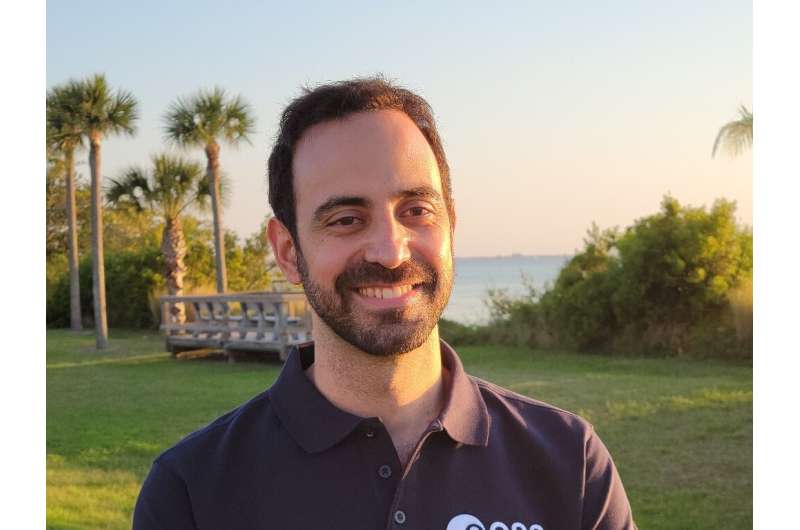
From muscle loss to radiation exposure and the psychological effects of confinement, spaceflight takes a toll on those lucky enough to experience it.
European Space Agency flight surgeon Adrianos Golemis, who is responsible for the health of astronaut Thomas Pesquet during the SpaceX Crew-2 mission, shared some insights on the field of space medicine.
Q: What are the major health challenges of space?
A: If we talk about low Earth orbit where the ISS lies, you have almost zero gravity so that takes its toll on your bones and your muscles.
Radiation is a major issue, because here on the ground we are protected by the magnetosphere (magnetic field) and by the atmosphere, but if we go beyond, this protection goes away.
And of course we should not forget we have things that we are just beginning to understand: for example eye pathology (disease), or venous thrombosis (blood clots) that some healthy astronauts develop.
SpaceX aims for 3rd crew launch hour before Friday's sunrise
Thursday, 22 April 2021 18:37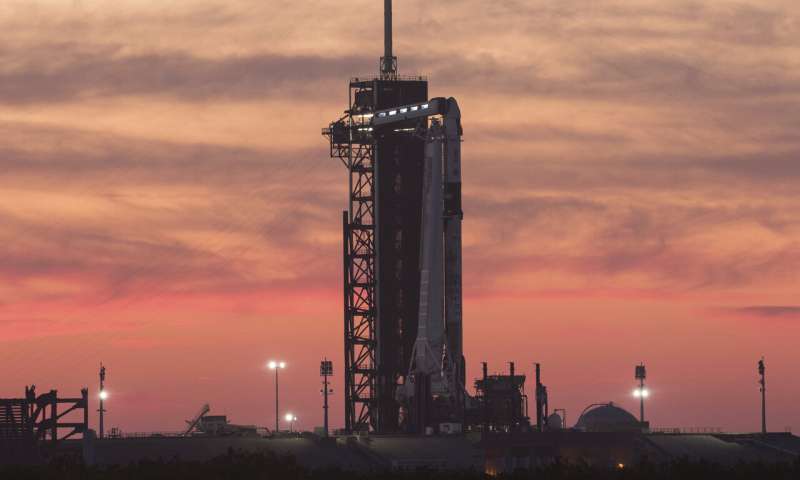
SPAC rule changes add complexity and delays for space companies eying public markets
Thursday, 22 April 2021 18:08
TAMPA, Fla. — New accounting rules have thrown a wrench into a SPAC machine that has been catapulting space companies to the public markets.
Changing guidance from the U.S. Securities and Exchange Commission (SEC) are adding complexities, and delays, for SPACs (special-purpose acquisition companies) that merge with businesses after listing on the public market.
Ingenuity makes second flight on Mars
Thursday, 22 April 2021 17:44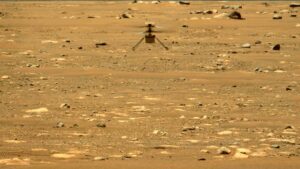
ORLANDO — NASA’s Ingenuity helicopter successfully made its second flight on Mars April 22, expanding its flight envelope as the project considers more ambitious tests in the coming days.
Ingenuity took off at 5:33 a.m. Eastern on the 51.9-second flight, although controllers at the Jet Propulsion Laboratory waited nearly four hours before telemetry and images from the flight were returned to Earth.
SpaceX and OneWeb spar over satellite close approach
Thursday, 22 April 2021 17:01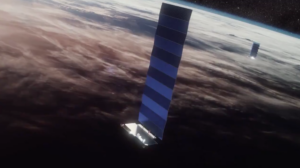
ORLANDO — An alleged close approach between satellites from OneWeb and SpaceX led to a meeting between the companies and the Federal Communications Commission, but the companies don’t completely agree on what resulted from that discussion.
LeoLabs declares Costa Rica Space Radar operational
Thursday, 22 April 2021 16:00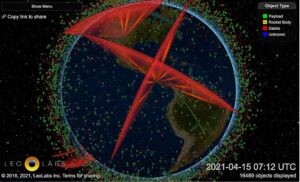
SAN FRANCISCO – LeoLabs’ announced April 22 that two S-band radars in Costa Rica have begun tracking objects in low Earth orbit and delivering data to customers.
“The Costa Rica Space Radar completes our coverage of low Earth orbit,” Dan Ceperley, LeoLabs CEO and co-founder, told SpaceNews.
NASA's Mars helicopter makes second flight
Thursday, 22 April 2021 15:58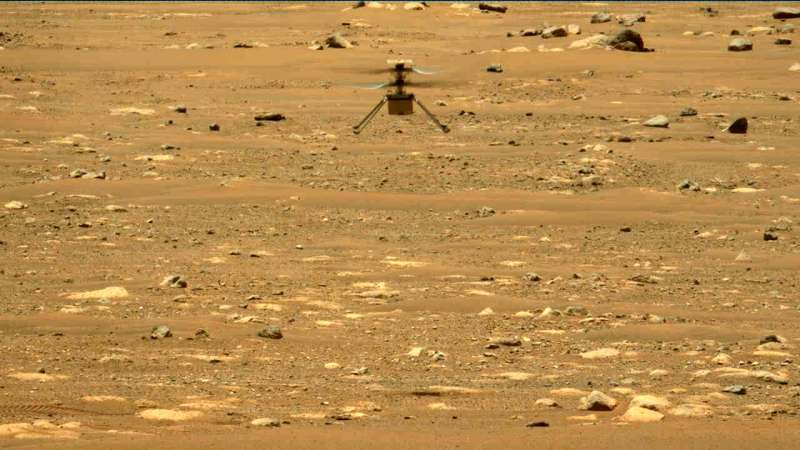
NASA successfully carried out a second flight on Mars on Thursday of its mini helicopter Ingenuity, a 52-second sortie that saw it climb to a height of 16 feet (five meters).
"So far, the engineering telemetry we have received and analyzed tell us that the flight met expectations," said Bob Balaram, Ingenuity's chief engineer at NASA's Jet Propulsion Laboratory in southern California.
Op-ed | The Senator and the Commander
Thursday, 22 April 2021 15:16
For nearly two decades, I have been working to develop revolutionary spacesuit technology called the BioSuit system, which enhances astronaut performance by creating pressure through compression directly on the skin rather than with pressurized gas. If NASA is to truly explore Mars and its mountains, astronauts need flexibility and mobility not offered by the heavy and bulky suits that carried the Apollo astronauts to the moon.
system, which enhances astronaut performance by creating pressure through compression directly on the skin rather than with pressurized gas. If NASA is to truly explore Mars and its mountains, astronauts need flexibility and mobility not offered by the heavy and bulky suits that carried the Apollo astronauts to the moon.
Albedo raises $10 million for business to offer ultra-high-resolution Earth imagery
Thursday, 22 April 2021 14:00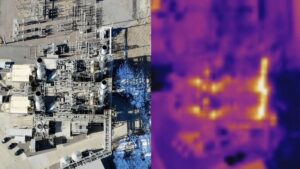
SAN FRANCISCO – Albedo, the space startup planning to offer Earth imagery with a resolution of 10 centimeters per pixel, raised $10 million in a seed funding round led by Initialized Capital. Additional investors include Liquid 2 Ventures, Soma Capital, Jetstream and Rebel Fund.
Mars' changing habitability recorded by ancient dune fields in Gale crater
Thursday, 22 April 2021 13:49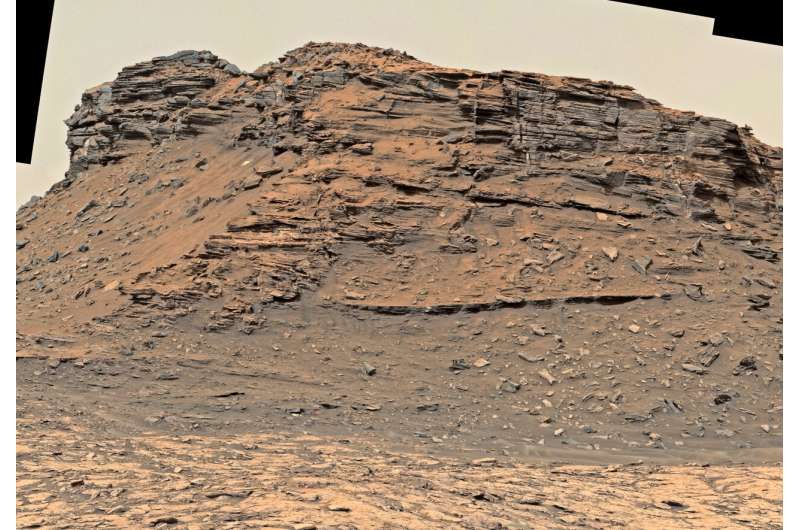
Understanding whether Mars was once able to support life has been a major driving force for Mars research over the past 50 years. To decipher the planet's ancient climate and habitability, researchers look to the rock record—a physical record of ancient surface processes which reflect the environment and the prevailing climate at the time the rocks were deposited.
In a new paper published in JGR: Planets, researchers on the NASA-JPL Mars Science Laboratory mission used the Curiosity rover to add another piece to the puzzle of Mars' ancient past by investigating a unit of rocks within Gale crater.
They found evidence of an ancient dune field preserved as a layer of rocks in Gale crater, which overlies rock layers that were deposited in a large lake. The rock remnants of the dune field are known today as the Stimson formation.
The findings help scientists understand surface and atmospheric processes—such as the direction the wind blew sand to form dunes—and potentially how Mars' climate evolved from an environment that potentially harbored microbial life, to an uninhabitable one.

